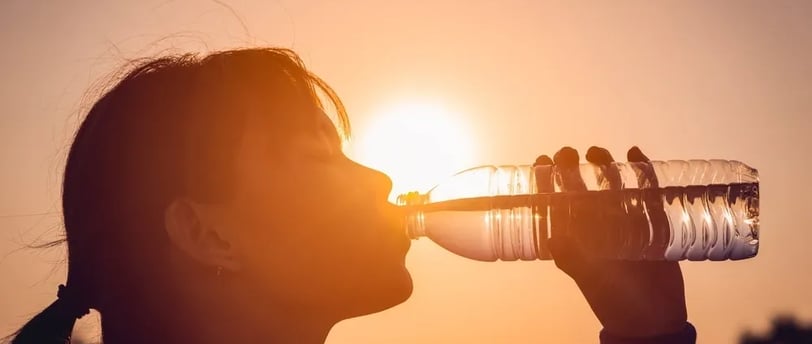What is Heat Stroke and How Can You Prevent It?
Summer in the Philippines brings about the tradition of heading to the beach with loved ones. However, alongside the joyous occasions lies a sobering reality: Filipinos are at a heightened risk of heatstroke during this time.
HEALTH
3/12/20251 min read


Summer in the Philippines brings about the tradition of heading to the beach with loved ones. However, alongside the joyous occasions lies a sobering reality: Filipinos are at a heightened risk of heatstroke during this time. Exertional heat stroke can also arise when individuals exert themselves excessively on particularly hot days.
The Usual Signs and Symptoms
Early detection of heat stroke is vital to stop it from worsening. Aside from the core body temperature mentioned above, the following are telltale signs and symptoms of heat stroke:
Headache
Skin is hot and dry to the touch (due to high temperature) or slightly moist and flushed (due to intense physical activity)
Lack of sweat
Rapid and shallow breathing
Confusion, distress, slurred speech, irritability, hallucination, seizures, and unconsciousness
Increased heartbeat
Vomiting and nausea
First Aid for Heat Stroke Victims
If you suspect someone is suffering from heat stroke, immediately call for medical assistance as any delay could have severe consequences. While waiting for help, administer first aid by relocating to a cooler, shaded, or air-conditioned area and removing excess clothing. You can also fan the person, moisten their skin with water, and apply ice packs to their armpits, groin, neck, or back to lower their body temperature. However, refrain from using ice on young children, elderly individuals, or those with chronic conditions, as it could pose risks.
Prevention is Better
Avoid falling victim to this dangerous but avertible condition. Here are ways that you can prevent heat stroke:
Wear loose, lightweight, and light-colored clothing to allow your body to cool properly.
Stay hydrated by drinking plenty of water. This will help your body sweat to maintain a normal temperature.
Avoid getting sunburnt as this affects your body’s ability to cool itself. Wear a wide-brimmed hat and sunglasses, and generously apply (and reapply) a broad-spectrum sunscreen with SPF of at least 15.
Avoid strenuous activities during the hotter hours of the day (10 a.mAM.to–3 p.m.PM). If you must do work during these hours, drink 24 ounces of fluid two hours before and another 8 ounces right before. During the activity, consume another 8 ounces of water every 20 minutes.
